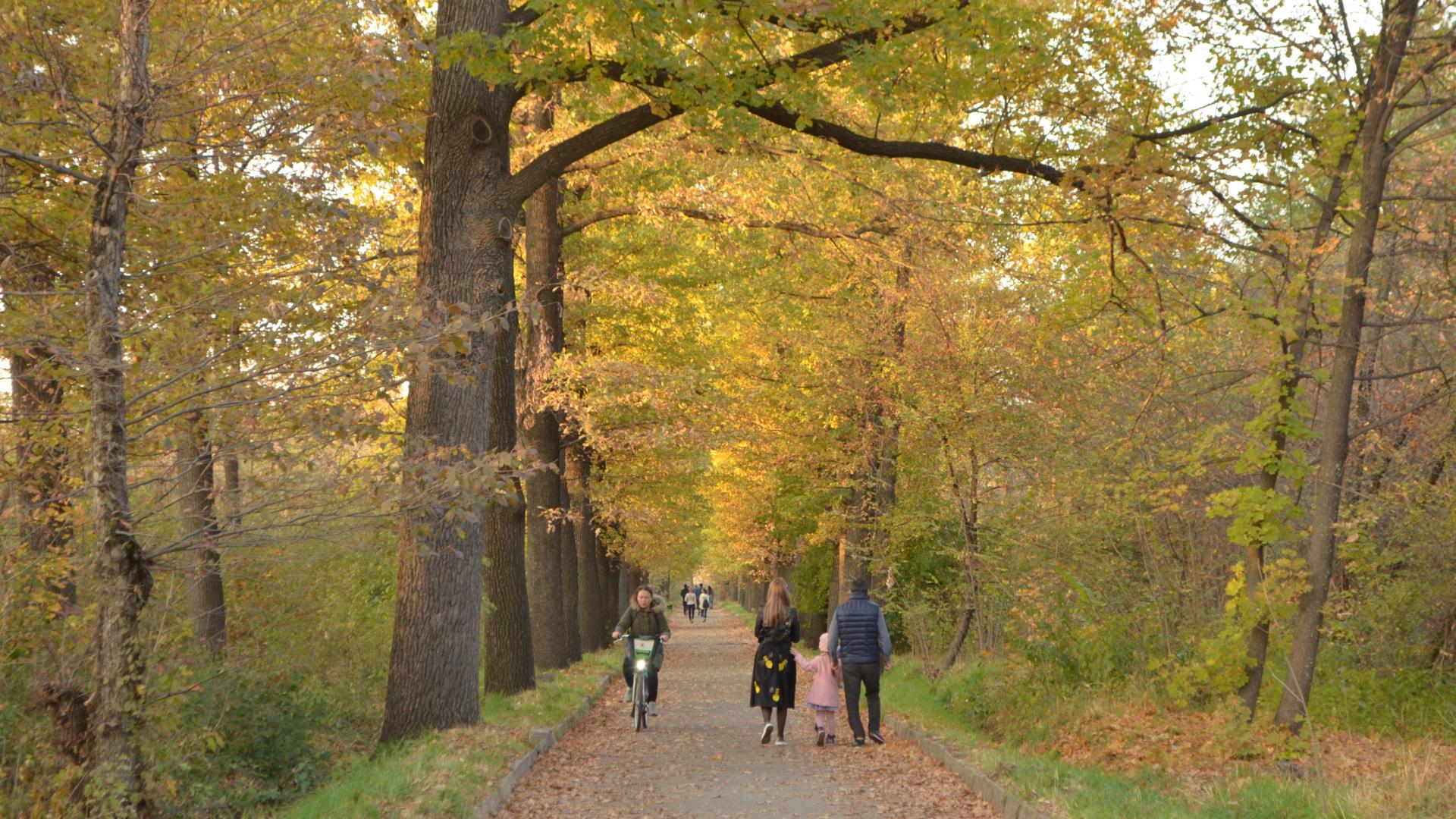The problem
Flourishing nature close to cities has the potential to deliver huge societal and environmental benefits. But the greenbelt is under threat due to pressure for development – often from poor housing strategies. Currently the greenbelt is a negative planning designation and often barely more ‘green’ than the national average, particularly when it comes to tree cover. It is underused by the very people who could benefit from getting closer to nature.
The challenge
What would it take to create a wildly different space around cities, filled with trees, wildlife and nature reserves that we can all access?
What if...we could re-imagine the greenbelt as a place of thriving nature that delivers multiple benefits to cities and inhabitants. The greenbelt could lock away more carbon, provide space for nature, help with clean air and water and be a destination rather than a planning constraint.


